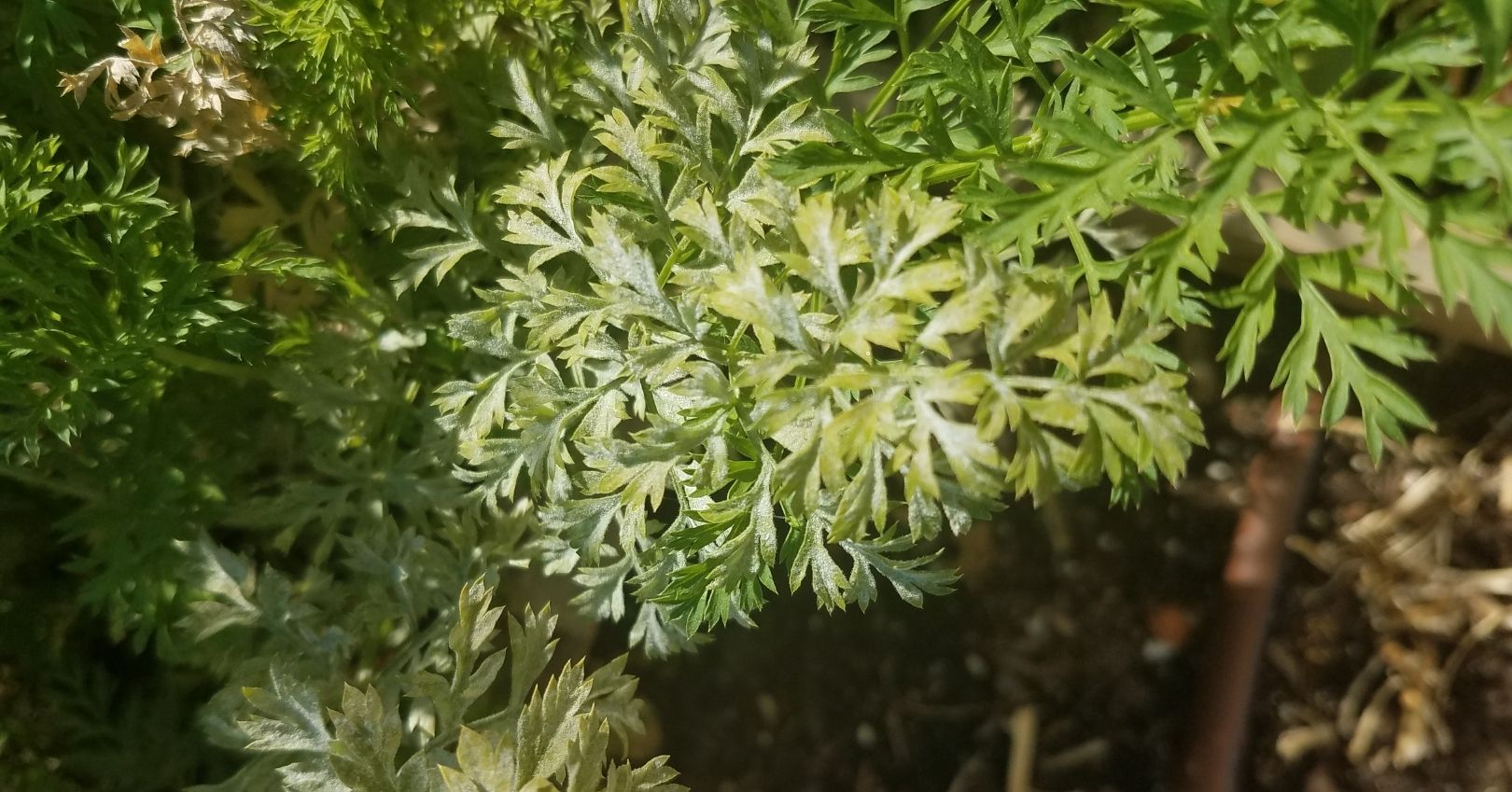Powdery Mildew

Casual Agent
Powdery mildew is a disease that affects many types of ornamental plants, fruits, and vegetables. Most powdery mildew fungal species are host-specific. Erysiphe heraclei infects carrots, parsley, and parsnips, while Erysiphe polygoni will infect beets.
Symptoms
Both E. heraclei and E. polygoni form a thin layer of mycelium and spores on their host plant’s foliage which appear as a white “powder”. Over time, the infected foliage turns yellow and may die. Infected plants will have reduced yields.
Disease Cycle
Erysiphe heraclei inoculum overwinters in fruiting bodies (chasmothecium) in plant debris. In spring, when temperatures warm to above 70oF and there is high humidity, the chasmothecium release airborne ascospores which germinate on host plant tissue. Both E. heraclei and E. polygoni grow and spread with minimal humidity and moisture.
Management
- Plant resistant varieties. (Bolero F1, Black Knight, Cumbre, Honeysnax, Indigo Winter, and Notable).
- Ventilation. Spacing crops apart reduces humidity and prevent foliage touching.

